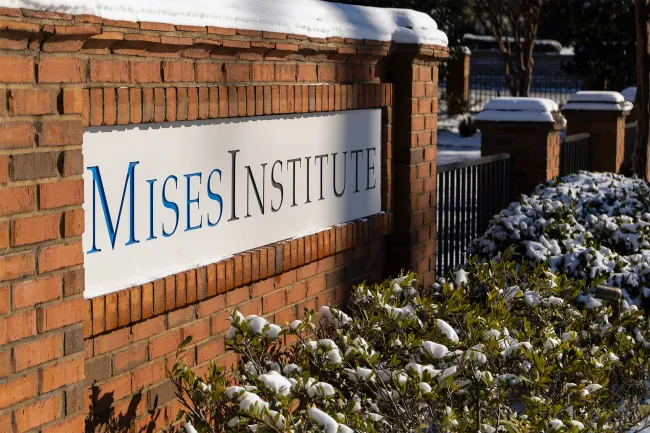August 9, 2014 marks the twenty-fifth anniversary of the signing into law of the Financial Institutions Reform, Recovery, and Enforcement Act (FIRREA) of 1989 by U.S. President George Herbert Walker Bush. FIRREA was enacted to clean up the savings and loan (S&L) financial debacle of the 1980s. In articles, books, symposia, and papers written in the wake of the debacle, popular media and mainstream financial economists each provided explanations of the debacle. This paper analyzes and rejects these explanations in favor of an alternative based on Ludwig von Mises’s observation that market interventions create unintended consequences that usually lead to more interventions that in turn create new waves of unintended and worsening consequences until no more interventions are possible.





